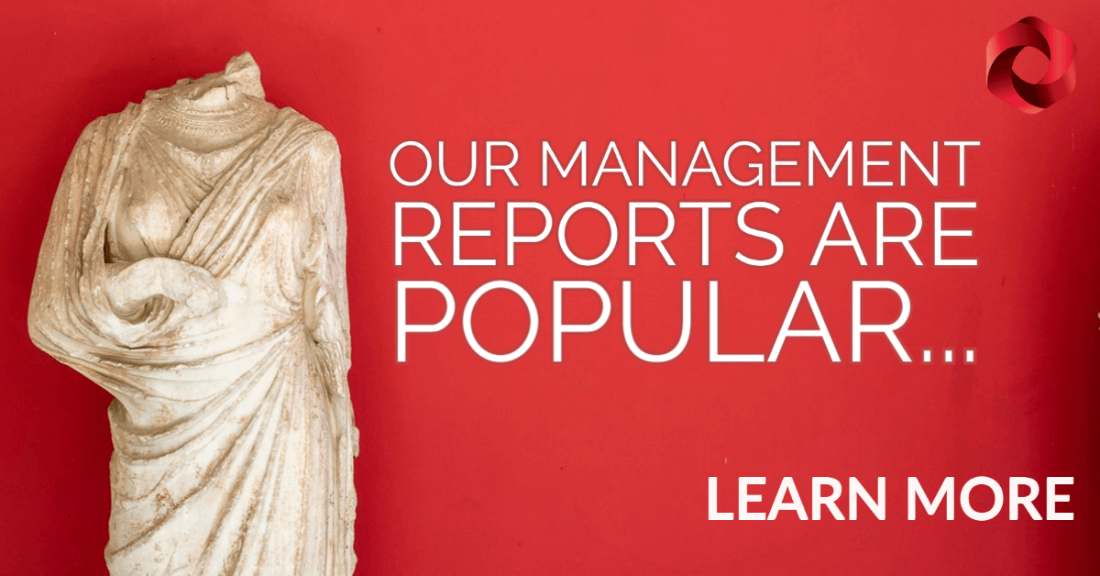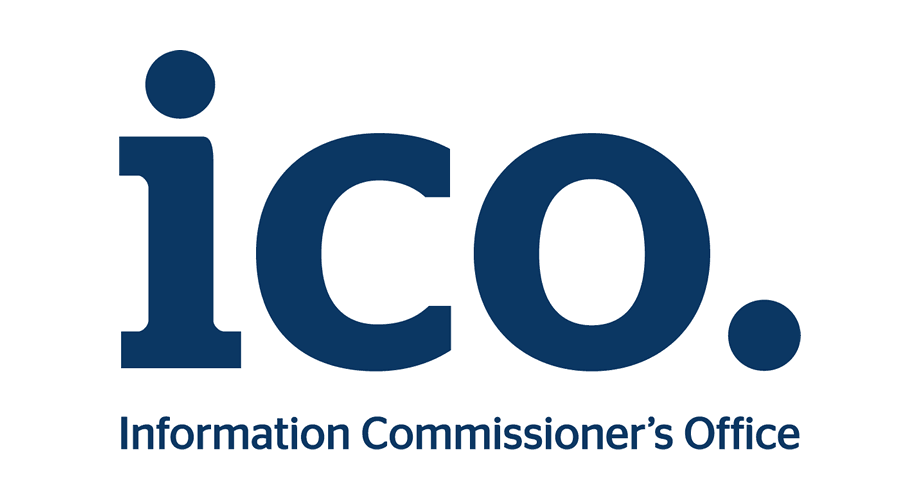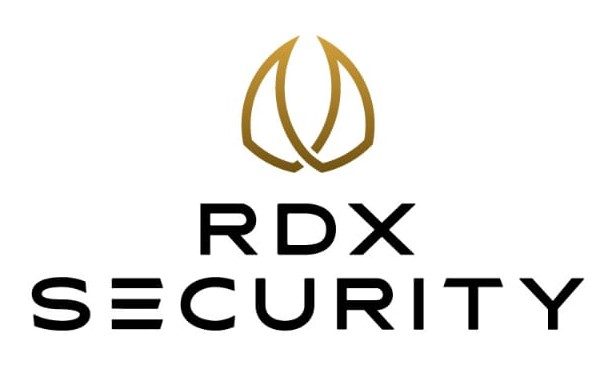Smart Strategies for High Earners to Optimise Tax Efficiency in the UK
- November 2023
- 5 minutes
While building wealth is a notable achievement, safeguarding and growing it is equally critical. Unchecked taxation can significantly eat into your wealth, especially with the top income tax rate standing at 45% in the UK. Hence, a sophisticated tax strategy is as essential as a well-crafted investment plan.
The most effective tax-saving measures are contingent on individual circumstances. Nevertheless, there are numerous methods available to high earners for mitigating both current and future tax burdens. In this article, we explore the significance of tax planning and delve into each of the strategies that can assist in curbing your tax expenses, thereby preserving, and growing your wealth.
 The Significance of Tax Planning
The Significance of Tax Planning
Tax planning plays a pivotal role in the realm of financial planning, aiming to harness all available tax benefits and deductions to alleviate your overall tax burden, ultimately safeguarding and growing your wealth.
Efficient management of your finances carries a dual advantage: it allows you to reduce your tax liability, ensuring that you retain a larger portion of your hard-earned capital, while also optimising the potential returns from your investments. With the completion of each tax year on April 5th, the stage is set for a fresh beginning, where tax allowances are reset, and any unused tax benefits are forfeited. This transition offers a prime opportunity to maximise the performance of your capital and minimise your tax obligations.
Navigating the intricacies of the UK tax system can be a complex undertaking, and effective tax planning may encompass a range of strategies. This includes the utilisation of tax-efficient investment schemes like ISAs, EIS, and SEIS, in addition to prudent pension contributions. Staying well-informed about the latest tax developments and allowances is paramount to ensure that you fully capitalise on the array of available options.
 A Comprehensive Overview of Key Direct Taxes in the UK
A Comprehensive Overview of Key Direct Taxes in the UK
It is essential to have a clear understanding of the primary direct taxes in the UK, along with their respective rates and thresholds, to navigate the financial landscape effectively:
Income Tax: This tax is assessed at rates ranging from 0% to 45%, contingent on your income. It is applicable not only to earnings but also to savings, dividends, and interest.
Capital Gains Tax: Investors are subject to this tax, which falls within the bracket of 10% to 28%, should their investment gains surpass the annual threshold (currently set at £6,000 for the 2023/24 tax year). Additionally, this tax is triggered when selling a second property or certain possessions valued at over £6,000. It’s noteworthy that the capital gains tax annual threshold is set to decrease from April 2024.
Inheritance Tax: This tax comes into play at a rate of 40% upon your demise, specifically on any portion of your estate exceeding £325,000.
Staying well-versed with these direct taxes and their nuances is crucial for informed financial decision-making. Whether you’re an individual or a business entity, comprehending the tax landscape is essential for effective wealth management and financial planning.
 The Significance of Regular Tax Planning in the UK
The Significance of Regular Tax Planning in the UK
Tax planning should ideally be an ongoing and continuous process. However, a pivotal moment to revisit your tax strategy is at the start of each calendar year, ensuring that your financial affairs are well-organised ahead of the UK tax year-end on the 5th of April.
Proactive tax planning before this critical date is paramount for identifying potential tax savings and making the most of available tax reliefs and allowances. It is advisable to conduct a final review in March, just prior to the tax year-end, to confirm the accuracy of your self-assessment. At this stage, we recommend our clients to review pension contributions and if they are going to receive a yearly bonus, by reviewing their tax position, they can decide the appropriate level of bonus or voluntary pension contribution.
Understand that taking action before the tax year ends is crucial. Many tax allowances operate on a ‘use it or lose it’ principle. Failing to utilise your tax allowances within the tax year means forfeiting them entirely. Therefore, timely and thorough tax planning is not only beneficial but a necessity to preserve your financial resources.
- Use your personal savings allowance
In the UK, the opportunity to earn tax-free interest on savings is accessible to most individuals, and the allowances differ based on your income tax rate:
Non or Basic-Rate Taxpayers: For those falling into these categories, you can enjoy tax-free savings interest of up to £1,000 annually.
Higher-Rate Taxpayers: Higher-rate taxpayers have an allowance of £500 per year for tax-free savings interest.
Additional-Rate Taxpayers: Individuals categorised as additional-rate taxpayers are subject to taxation on all savings interest earned.
Furthermore, for couples who jointly hold savings, there is an additional advantage. By combining your allowances with your spouse or partner, you have the potential to increase the total tax-free savings interest amount to a maximum of £2,000, ensuring you make the most of these savings’ opportunities.
- Maintain your income tax allowance:
In the UK, every individual is entitled to a personal income tax allowance, which currently stands at £12,570. Income falling within this threshold remains exempt from income tax.
It’s imperative to comprehend that income isn’t limited to your primary employment earnings. It encompasses various sources, such as pension income, rental income, savings interest, and specific redundancy payments.
However, it’s noteworthy that if your total income, including any bonuses, exceeds £100,000, your personal allowance begins to diminish, or in some cases, it might be fully forfeited due to taper relief. To reclaim your personal allowance and mitigate the tax impact of your bonus, one strategic option is to contribute it to your pension.
This approach can enable you to optimize your tax efficiency while simultaneously securing your financial future. Understanding the nuances of personal income tax allowances is a fundamental aspect of effective financial planning.
- Tax Benefits for Married Couples: Leveraging Marriage Tax Allowances
For those who are married or in a civil partnership, there exists an advantageous avenue to potentially reduce your tax liabilities. You can transfer up to 10% of your personal income tax allowance to your spouse or civil partner. This provision is just one of the four primary ways through which married couples can effectively curtail their tax bills, alongside benefiting from inheritance tax advantages, capital gains tax benefits, and favourable pension regulations.
To harness income tax relief as a couple, certain conditions must be met. Typically, the spouse or civil partner with the lower income should have earnings falling below the personal allowance threshold of £12,570, while their partner’s income should remain under the higher rate tax threshold of £50,271. By transferring the personal allowance, you can potentially save up to £250 in tax each year.
Additionally, it’s worth noting that you have the option to retroactively apply for this allowance for up to three years, presenting the possibility of securing an income tax saving of up to £750. Leveraging marriage tax allowances is a strategic approach to optimizing your financial resources while ensuring tax efficiency.
- Dividends Allowance in the UK
In the United Kingdom, all individuals have the privilege of receiving up to £1,000 per annum in tax-free dividends, which was previously £2,000 in the 2022/23 financial year. This provision holds particular relevance for individuals who hold shares in dividend-paying stocks or serve as company directors.
However, it’s imperative to take note of a significant development unveiled in the Chancellor’s 2022 Autumn Statement. The dividends allowance is slated to undergo a halving, reverting to £500 commencing from the 2024/25 tax year. This transformation implies that individuals who rely on dividends as a source of income may face substantially higher annual dividends tax obligations unless they explore tax-efficient investment strategies.
Understanding the implications of this alteration and exploring effective tax planning measures is vital to maintain financial stability and tax efficiency.
- Optimising Tax Efficiency: Leveraging ISA Contributions
An Individual Savings Account (ISA) serves as a versatile financial wrapper, capable of housing various assets, predominantly cash or stocks and shares. Notably, it offers the advantage of receiving returns devoid of income tax, capital gains tax, and dividends tax.
Every individual benefits from an annual ISA allowance amounting to £20,000, which can be thoughtfully allocated across a range of ISAs, including Stocks and Shares ISAs, Innovative Finance ISAs, Cash ISAs, and Lifetime ISAs, or consolidated into a single ISA.
By utilizing your ISA allowance to invest in stocks and shares, you can shield your assets from the implications of dividends tax and capital gains tax. Additionally, should your ISA exclusively contain AIM shares, it has the potential to achieve exemption from inheritance tax after a mere two years.
Exploring the myriad benefits of ISA contributions is a prudent strategy to bolster your financial portfolio while simultaneously ensuring tax efficiency. Understanding the diverse ISA options and their implications is pivotal to making informed investment decisions.
- Capitalising on Annual Pension Contributions
In the United Kingdom, individuals have the opportunity to contribute to their pension fund, allowing them to set aside up to £40,000 annually (or 100% of their yearly earnings if this figure is £40,000 or less) until the age of 75. However, it’s essential to be aware of the tapered pension annual allowance, which may impose restrictions on high earners.
Pension funds enjoy the advantage of tax-efficient growth, being exempt from income tax and capital gains tax. Furthermore, in the unfortunate event of the pension holder’s passing, these funds are typically exempt from inheritance tax.
For business owners, there’s an additional benefit, as the company can make pension contributions on your behalf. These contributions are considered deductible business expenses, thereby reducing the corporation tax liability.
Additionally, you have the opportunity to carry forward your pension allowance from the preceding three tax years, making it one of the rare allowances that isn’t lost annually. This provision allows you to potentially make a contribution of up to £160,000 into your pension (£40,000 from the current year and £40,000 from each of the previous three tax years). However, it’s important to acknowledge that the rules surrounding this process can be intricate, and seeking professional guidance when devising your pension plan is highly advisable.
- Harnessing Tax Efficiency: Maximising Benefits of EIS Investments
For high-earning individuals and business owners falling into the higher-rate taxpayer bracket in the UK, the Enterprise Investment Scheme (EIS) offers a strategic avenue to mitigate tax liabilities. EIS investments provide access to a range of tax reliefs, including income tax relief, capital gains tax deferral and exemption, as well as inheritance tax relief.
Investing in EIS-eligible companies, typically early-stage start-ups and scaleups, allows you to claim up to 30% income tax relief on the value of your investment. This not only reduces your income tax obligation but also mitigates some of the inherent financial risks associated with such investments.
Moreover, any capital gains generated from your EIS investment can be deferred until you choose to divest the EIS-eligible asset. This presents a substantial tax-saving opportunity for high-net-worth individuals and business proprietors seeking to optimize their tax efficiency.
Key points regarding EIS and the associated tax reliefs are as follows:
Maximum annual contribution: £1 million (or £2 million if additional capital is invested in knowledge-intensive companies [KICs]).
Income tax relief: Up to 30% of the value of your EIS investment.
Capital gains tax disposal relief: EIS shares are exempt from capital gains tax upon disposal, provided they are held for a minimum of three years.
Capital gains tax deferral relief: You can defer capital gains tax on other assets by investing the associated capital gain in EIS-qualifying shares.
Inheritance tax relief: Enjoy a 100% inheritance tax relief on the value of EIS shares, provided they have been held for at least two years and remain in possession at the time of the investor’s passing.
Exploring the full scope of EIS investments and their tax benefits is a prudent step toward achieving both financial growth and tax efficiency. Understanding these options is pivotal to informed investment and tax planning decisions.
- Navigating Capital Gains Tax: Essential Considerations
In the United Kingdom, if you realise a financial gain from an investment (excluding those held within an ISA or similar tax-efficient schemes), an additional property, or a possession valued at £6,000 or more (excluding your vehicle), you may be subject to capital gains tax (CGT).
Every UK resident is entitled to a capital gains tax allowance, which currently stands at £6,000 per year. It’s crucial to note that this figure has experienced a significant reduction from the 2022/23 allowance of £12,300, and it is slated to further halve to £3,000 in the 2024/25 tax year.
The CGT rates in the UK for the 2023/24 tax year differ based on your income tax band. Higher and additional rate taxpayers face a CGT rate of 28% on residential property and 20% on other chargeable assets. In contrast, basic rate income taxpayers are liable for a capital gains tax of 18% on residential property and 10% on other chargeable assets.
A noteworthy feature is the ability to transfer assets to your spouse or civil partner without incurring capital gains tax, allowing them to subsequently make the gain. This can be particularly advantageous if you are subject to a higher income tax rate than your partner.
Furthermore, you can optimize your tax efficiency by selling taxable investments and reinvesting them in a tax-efficient manner. For instance, selling an investment and reinvesting the proceeds in an Innovative Finance ISA (IFISA) or Stocks and Shares ISA can utilize your capital gains tax allowance and potentially exempt future gains from CGT.
If you have realized gains exceeding the annual capital gains tax allowance, exploring HMRC-approved tax-efficient investment vehicles, such as EIS- and SEIS-eligible investments, can offer compelling solutions. Investing in EIS and SEIS-qualifying ventures not only allows you to defer and potentially eliminate capital gains tax liabilities but also maximizes income tax and inheritance tax efficiency.
Understanding the nuances of capital gains tax and exploring tax-efficient investment opportunities is instrumental in achieving both financial growth and tax optimization. Make informed decisions to safeguard your financial well-being.
- Capitalising on SEIS Investments: Enhanced Tax Benefits
he Seed Enterprise Investment Scheme (SEIS) represents the UK Government’s more recent iteration of the EIS, with a distinct focus on early-stage start-ups. SEIS provides investors with an array of more generous tax reliefs, acknowledging the heightened risk associated with seed-stage companies.
Notably, the Chancellor has introduced changes to SEIS in the 2023/24 tax year, expanding the eligibility criteria for later-stage start-ups and increasing the maximum annual investor allowances:
The maximum fundraising threshold for companies under SEIS has been raised by £100,000, now standing at £250,000 (up from £150,000).
Companies are now eligible for SEIS even if they possess assets of up to £350,000 (up from £200,000) and have traded for up to 3 years (formerly 2 years).
The annual SEIS investment allowance for investors has doubled, climbing from £100,000 to £200,000.
SEIS offers a collection of tax reliefs that are notably more generous compared to those of EIS:
Maximum annual contribution: £200,000, effective from the 2023/24 tax year.
Income tax relief: Up to 50% of the investment’s value.
Capital gains tax disposal relief: SEIS shares are exempt from capital gains tax upon disposal, provided they are held for a minimum of three years.
Capital gains tax reinvestment relief: Investors can claim up to 50% capital gains tax relief on any other asset, provided that the gains are reinvested into SEIS shares.
Inheritance tax relief: Benefit from 100% inheritance tax relief on the value of SEIS shares, provided they have been held for a minimum of two years and remain in possession at the time of the investor’s passing.
Exploring the enhanced tax benefits of SEIS investments presents a valuable opportunity to bolster your financial portfolio while concurrently ensuring tax efficiency. Familiarising yourself with these improvements is pivotal to making informed investment decisions that maximize your financial well-being.
- Unlocking Opportunities with VCT Investments
Venture Capital Trusts (VCTs) represent an avenue of investment into a diversified portfolio of unlisted early-stage companies. These trusts serve as a vital source of capital for small, privately-held British enterprises, aiming to yield substantial returns for investors. Notably, VCTs are often publicly traded entities.
Investors can allocate up to £200,000 annually into Venture Capital Trusts, and the primary advantage of VCT investments lies in the enticing tax benefits they offer:
Income Tax Relief: Investors can benefit from a 30% income tax relief on the capital they invest, providing a substantial reduction in their tax liability.
Tax-Free Dividends: Dividends from VCT investments can be received without incurring tax.
Capital Gains Tax Exemption: Profits from VCT investments are exempt from capital gains tax, provided the investment is held for a minimum of five years.
Exploring VCT investments offers a strategic opportunity to support early-stage enterprises while simultaneously enjoying favourable tax advantages. Familiarising yourself with the intricacies of VCTs is pivotal to informed investment decisions that can enhance your financial well-being.
We help taxpayers in the UK to ensure compliance with companies house and HMRC – It is a legal responsibility. If you need help in submitting your annual reports, please do feel free to get in touch with us by completing the contact us form.

















